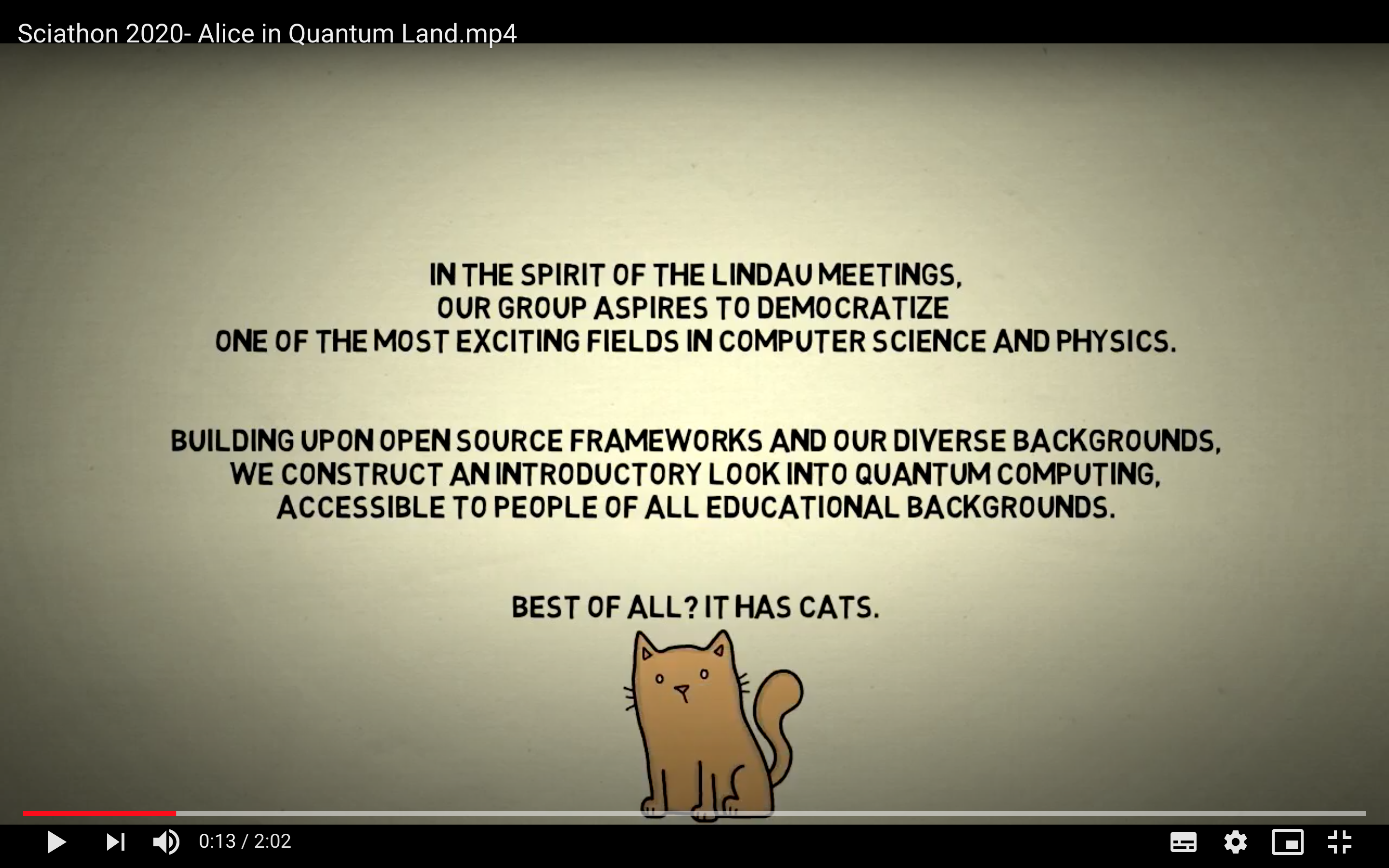In elementary and middle school, I felt an affinity for the class three years above mine. Five of my peers had siblings in that year. I carpooled with a student in that class, which partnered with mine in holiday activities and Grandparents’ Day revues. Two students in that class stood out. They won academic-achievement awards, represented our school in science fairs and speech competitions, and enrolled in rigorous high-school programs.
Those students came to mind as I grew to know David Limmer. David is an assistant professor of chemistry at the University of California, Berkeley. He studies statistical mechanics far from equilibrium, using information theory. Though a theorist ardent about mathematics, he partners with experimentalists. He can pass as a physicist and keeps an eye on topics as far afield as black holes. According to his faculty page, I discovered while writing this article, he’s even three years older than I.
I met David in the final year of my PhD. I was looking ahead to postdocking, as his postdoc fellowship was fading into memory. The more we talked, the more I thought, I’d like to be like him.

I had the good fortune to collaborate with David on a paper published by Physical Review A this spring (as an Editors’ Suggestion!). The project has featured in Quantum Frontiers as the inspiration for a rewriting of “I’m a little teapot.”
We studied a molecule prevalent across nature and technologies. Such molecules feature in your eyes, solar-fuel-storage devices, and more. The molecule has two clumps of atoms. One clump may rotate relative to the other if the molecule absorbs light. The rotation switches the molecule from a “closed” configuration to an “open” configuration.

These molecular switches are small, quantum, and far from equilibrium; so modeling them is difficult. Making assumptions offers traction, but many of the assumptions disagreed with David. He wanted general, thermodynamic-style bounds on the probability that one of these molecular switches would switch. Then, he ran into me.
I traffic in mathematical models, developed in quantum information theory, called resource theories. We use resource theories to calculate which states can transform into which in thermodynamics, as a dime can transform into ten pennies at a bank. David and I modeled his molecule in a resource theory, then bounded the molecule’s probability of switching from “closed” to “open.” I accidentally composed a theme song for the molecule; you can sing along with this post.
That post didn’t mention what David and I discovered about quantum clocks. But what better backdrop for a mental trip to elementary school or to three years into the future?
I’ve blogged about autonomous quantum clocks (and ancient Assyria) before. Autonomous quantum clocks differ from quantum clocks of another type—the most precise clocks in the world. Scientists operate the latter clocks with lasers; autonomous quantum clocks need no operators. Autonomy benefits you if you want for a machine, such as a computer or a drone, to operate independently. An autonomous clock in the machine ensures that, say, the computer applies the right logical gate at the right time.
What’s an autonomous quantum clock? First, what’s a clock? A clock has a degree of freedom (e.g., a pair of hands) that represents the time and that moves steadily. When the clock’s hands point to 12 PM, you’re preparing lunch; when the clock’s hands point to 6 PM, you’re reading Quantum Frontiers. An autonomous quantum clock has a degree of freedom that represents the time fairly accurately and moves fairly steadily. (The quantum uncertainty principle prevents a perfect quantum clock from existing.)
Suppose that the autonomous quantum clock constitutes one part of a machine, such as a quantum computer, that the clock guides. When the clock is in one quantum state, the rest of the machine undergoes one operation, such as one quantum logical gate. (Experts: The rest of the machine evolves under one Hamiltonian.) When the clock is in another state, the rest of the machine undergoes another operation (evolves under another Hamiltonian).

Physicists have been modeling quantum clocks using the resource theory with which David and I modeled our molecule. The math with which we represented our molecule, I realized, coincided with the math that represents an autonomous quantum clock.
Think of the molecular switch as a machine that operates (mostly) independently and that contains an autonomous quantum clock. The rotating clump of atoms constitutes the clock hand. As a hand rotates down a clock face, so do the nuclei rotate downward. The hand effectively points to 12 PM when the switch occupies its “closed” position. The hand effectively points to 6 PM when the switch occupies its “open” position.
The nuclei account for most of the molecule’s weight; electrons account for little. They flit about the landscape shaped by the atomic clumps’ positions. The landscape governs the electrons’ behavior. So the electrons form the rest of the quantum machine controlled by the nuclear clock.

Experimentalists can create and manipulate these molecular switches easily. For instance, experimentalists can set the atomic clump moving—can “wind up” the clock—with ultrafast lasers. In contrast, the only other autonomous quantum clocks that I’d read about live in theory land. Can these molecules bridge theory to experiment? Reach out if you have ideas!
And check out David’s theory lab on Berkeley’s website and on Twitter. We all need older siblings to look up to.




